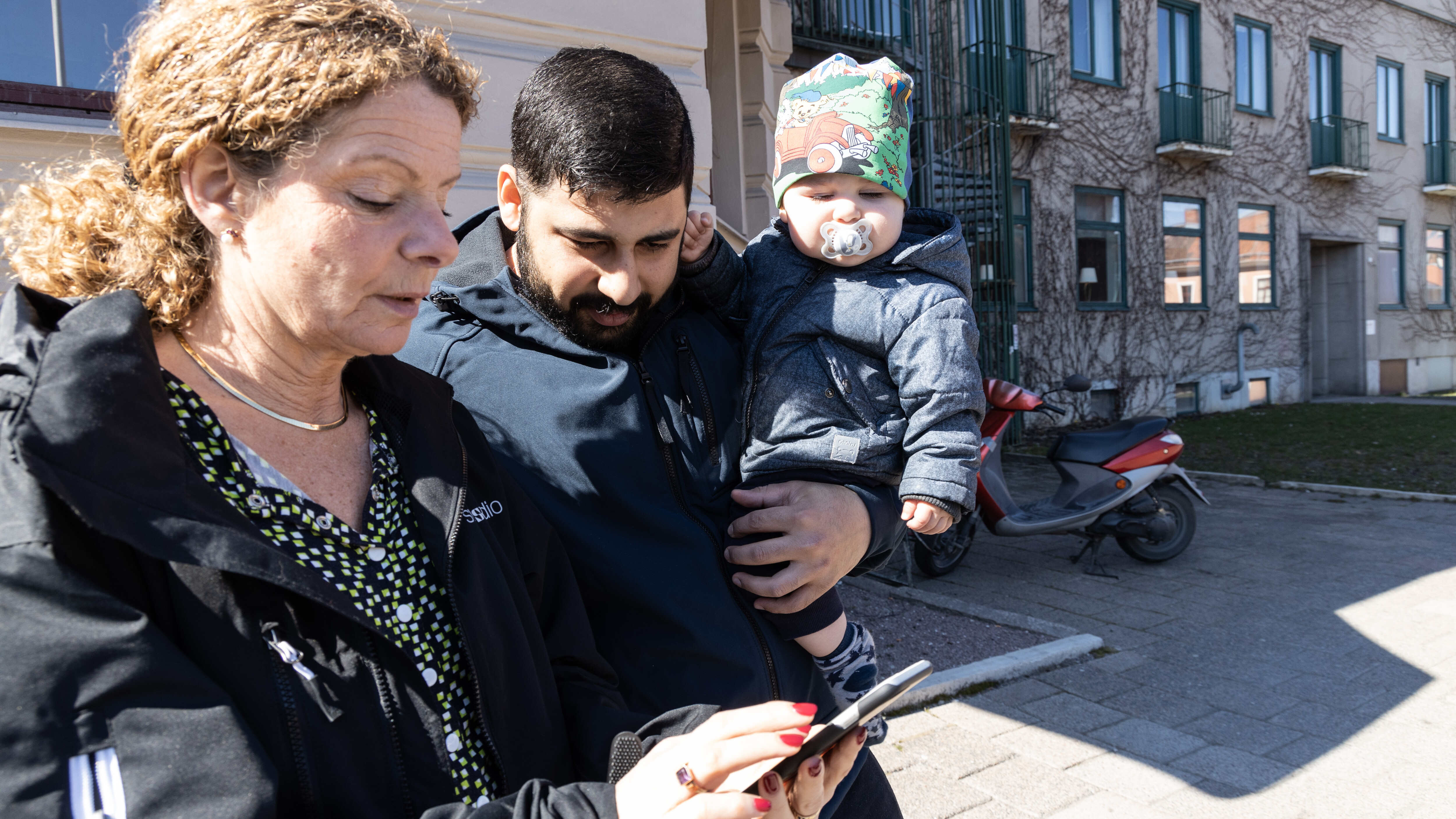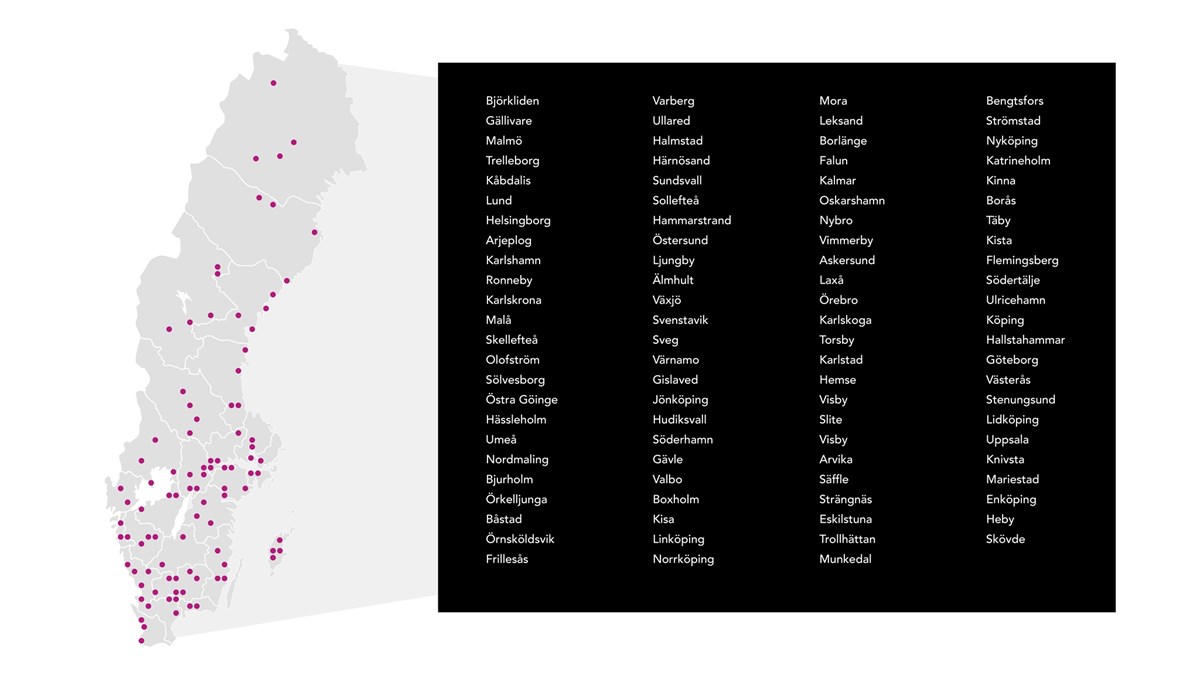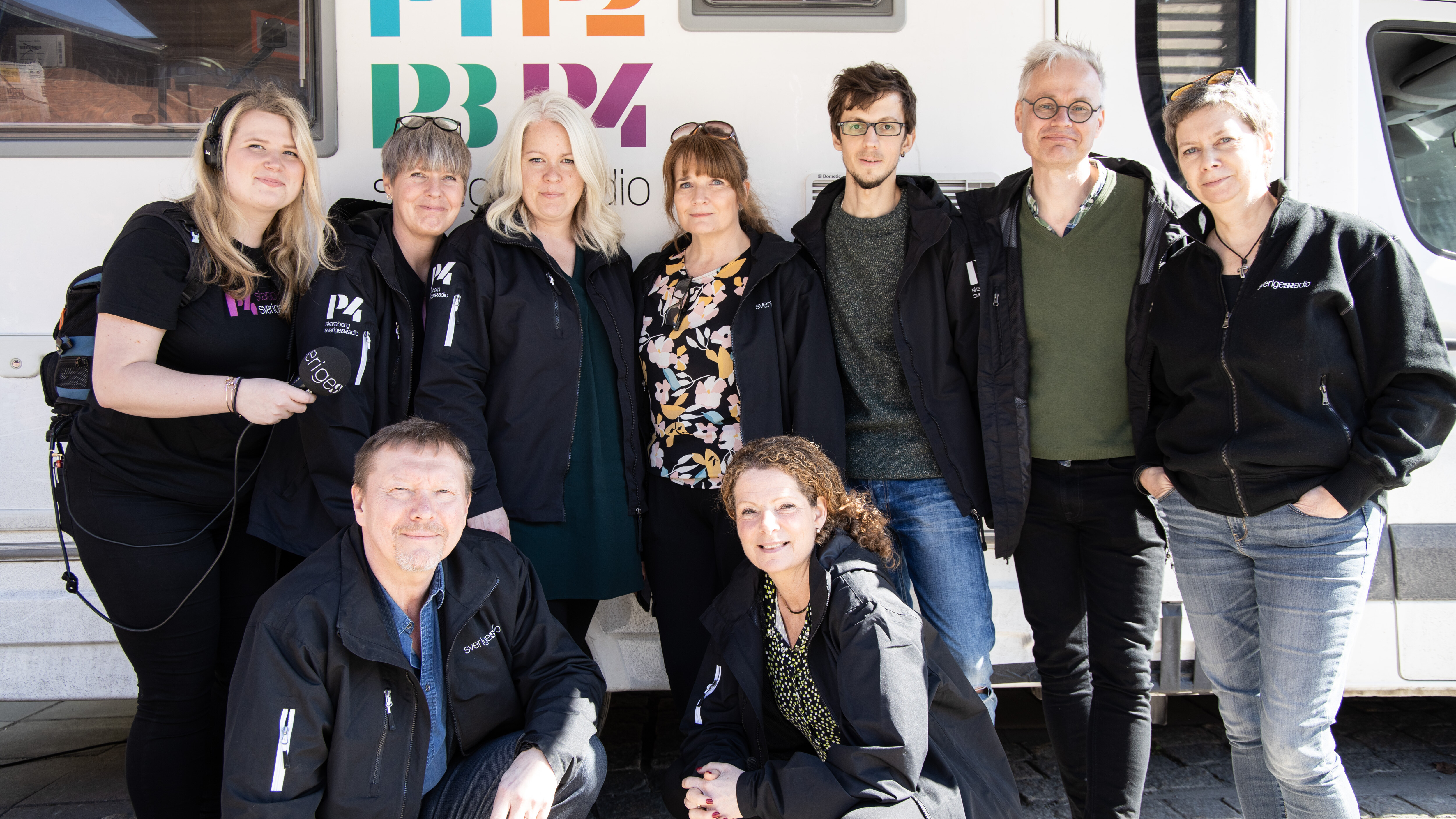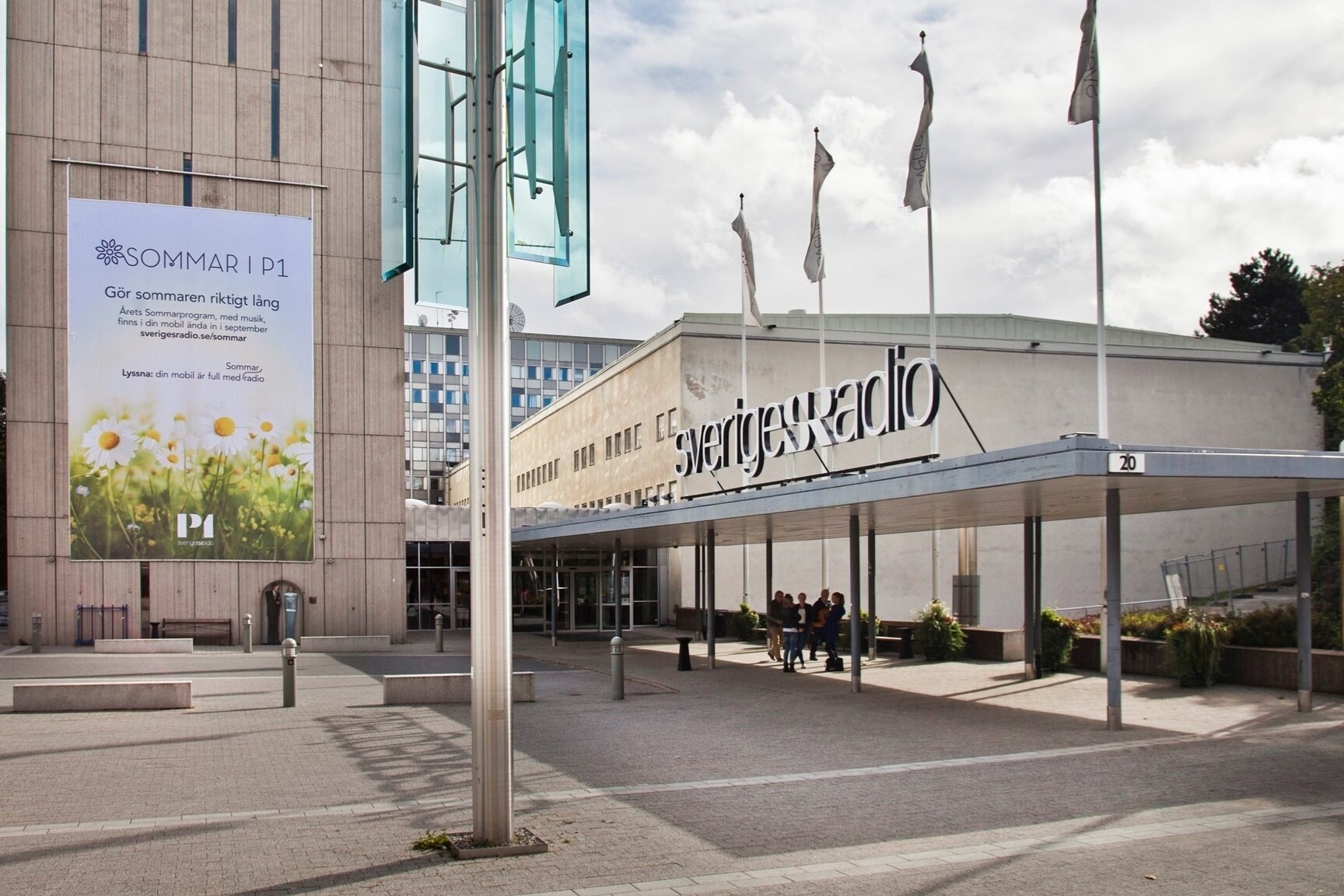For six weeks, two teams from Swedish Radio travelled the length and breadth of Sweden to meet listeners and learn more about their audience.
Public service media (PSM) are among the most trusted media outlets, especially where they are independent, publicly funded, transparent and provide quality content.
But PSM cannot rely on these qualities alone to be trusted. They must also be accountable to the public that fund them. Hence, engaging the public and understanding what they require and want from PSM is absolutely essential.
Six weeks ago Sweden’s public radio, Swedish Radio (SR), did just that and sent a team with two motorhomes on a tour of the country. Their mission: to understand what audiences like about their content, what they hope to listen to in the future, how they access SR and why some choose not to tune-in at all.
One van started from the north, the other from the south, armed with surveys, station representatives and an aim to visit over 100 locations – some in the most remote parts of the country.
The tour was also seen an opportunity to address the public about the organisation’s new broadcasting charter in 2020 and reassure them about recent changes to SR’s funding, which has moved from that based on a licence fee, to an obligatory “public service fee” or “tax” based on personal income.
Six weeks later
After six weeks on the road, 3,500 completed surveys and many more conversations, the two teams met at Kulturhuset in Skövde, bringing the tour to an end.
Since then, the teams have been analysing their findings, which will influence SR’s development in the coming years. Ahead of the results, PMA asked SR’s CEO, Cilla Benkö, what she thought about the tour and whether it succeeded in engaging the public?
Has the tour been a useful gauge of public opinion?
Yes, we had 3,500 replies with useful feedback on both what our listeners want and what irritates them. Thankfully we have noticed far more positive feedback than negative and we have had useful open answers with ideas on what sort of content the general public wants from us.
We are now in the process of analysing the results in more detail and will include the replies in our upcoming work with a new mission statement and strategic goals. These will come into force as we receive a new charter, that will be decided by the national parliament this year and will come into force on 1 January 2020.
Would you recommend the tour to other public media organisations?
Absolutely, but one should be aware that it is work intensive and as such, it is not something that easily put together. For us the work with a new mission statement and the upcoming charter offered a good time and opportunity to do this, and I could see the benefit for others to do the same sort of work in connection with that type of process. While co-ordination was done centrally we benefitted greatly from our network of local stations. That said we are very happy to have done this and would recommend it to others.
We obviously have contact with our listeners on a daily basis, via organised listening panels, in our programmes, via e-mail, social media and public meetings but the tour has been an added bonus. We have sought out our listeners, as well as those who do not listen, in their own area. I believe it has been good for the ongoing conversation with our listeners and the tour has also been a real team-building exercise for the company as a whole.
Cilla Benkö talks to a participant at the last stop. Photo: Daniel Díaz/Sveriges Radio

What are the main challenges the tour has faced? Both logistically and in terms of engaging the public?
Since the tour was undertaken using two minibuses there were some minor technical difficulties, such as the need to change to summer tyres in the middle of the tour due to the changing season, but generally it has worked well in that regard. The biggest challenge was more of a logistical nature in having a number of employees driving the buses between stops and regions and booking and arranging places to park both in cities and smaller towns as well as staffing the various stops, while at the same time maintaining normal work around the country.
The whole idea was to meet people in their everyday life, at shopping centers, universities, ski-slopes (during school holidays), ferry ports, libraries and community centers, and as such we required the co-operation of shopkeepers and others. But this has generally worked well as our network of local stations have arranged the practicalities in their own area. Since they know their own areas they have been able to pick the spots and have contact with the necessary interlocutors.
The whole idea was to meet people in their everyday life, at shopping centers, universities, ski-slopes, ferry ports, libraries and community centres
Public engagement has been much greater than the targets set. We aimed at getting 1,000 replies to the web-based survey all Swedish Radio employees on the tour had with them, we received around 3,500 replies and we had many more conversations. Naturally being outdoors the weather was sometimes a difficulty, standing outdoors in -10° and windy conditions is a bit difficult, but even here we have had great response from the public. The willingness from people to share their opinions about us has been heart-warming.
We have also had a fair bit of media coverage in other media as well as from our local stations, taking the opportunity to interview people on site at our stops as well as some shows doing live broadcasts from various stops.
On the one hand the tour gave Swedish Radio vital insight into the regional and local needs of their audience, but on the other it allowed the broadcaster to be more personable and offer the public a unique, hands-on interaction with their public broadcaster, with an opportunity to influence its future. Speaking to SR about the success of the tour, Benkö said:
“We listen for different reasons and in different situations in life. For us as a media company, it is important to fill many different needs for our listeners and clients, the Swedish people. I am convinced that this tour will help us make it even better in the future.”
You can read more about the tour and its outcomes via SR’s blog or by searching for #srturne on Facebook, Instagram or Twitter.
Our thanks to Swedish Radio and Cilla Benkö for contributing to this report.
Header Image: Daniel Diaz/Swedish Radio
Related Posts
3rd October 2018
Election coverage in Sweden: Democracy, multimedia and populist rhetoric
Swedish public media tirelessly covered…



